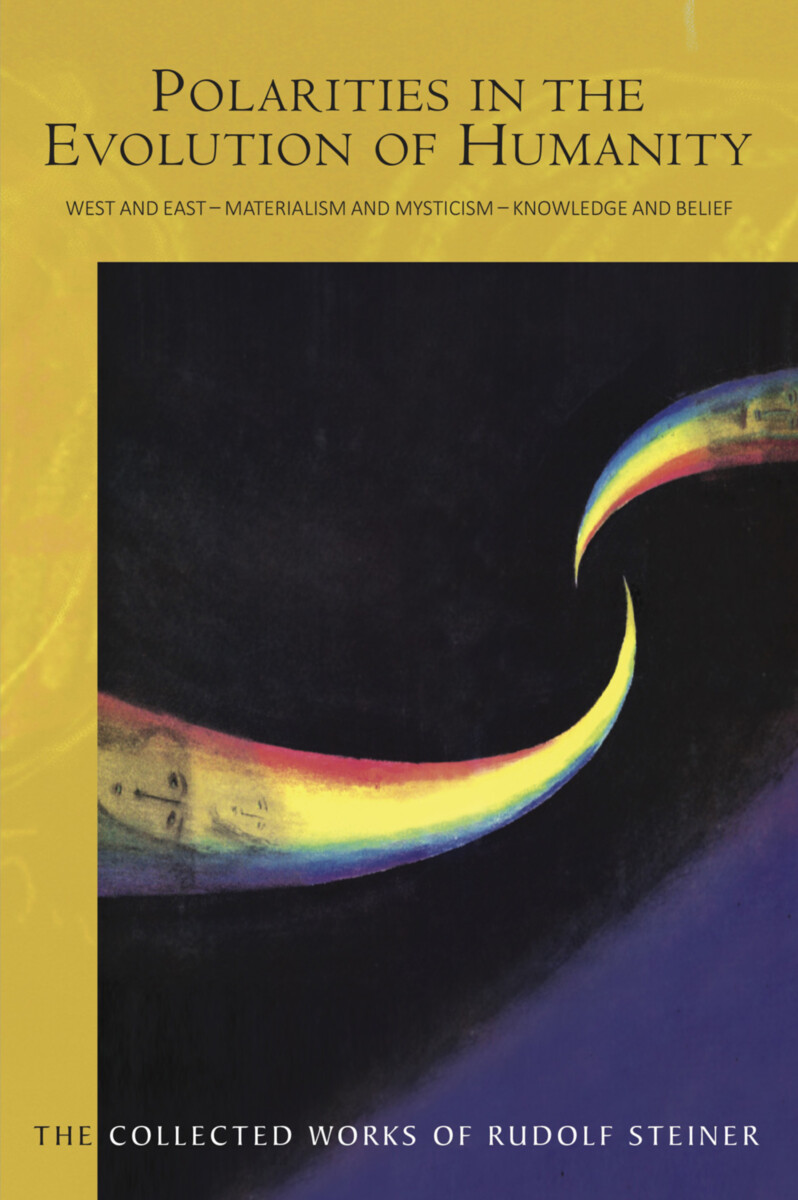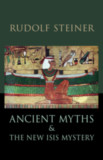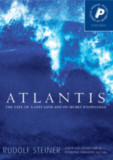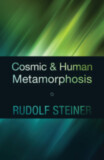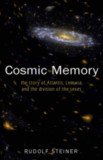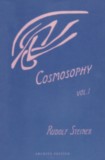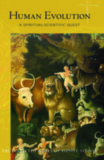Polarities in the Evolution of Humanity
West and East – Materialism and Mysticism – Knowledge and Belief (CW 197)
- Publisher
Rudolf Steiner Press - Published
13th September 2022 - ISBN 9781855846012
- Language English
- Pages 232 pp.
- Size 6" x 9.25"
11 lectures, Stuttgart, March 5–Nov. 22, 1920 (CW 197)
“The present age needs to understand that human beings must hold the balance between the two extremes, between the ahrimanic and the luciferic poles. People always tend to go in one direction.... Christ stands in the middle, holding the balance.” — Rudolf Steiner
These eleven lectures were given in postwar Stuttgart against a backdrop of struggle and uncertainty—not only within society at large but also within the anthroposophical movement. Rudolf Steiner and his supporters were working to introduce “threefold” social ideas and—given Steiner’s public profile—were coming under increasing personal and sometimes physical attack.
Steiner responds to this turbulent situation by revealing the spiritual background to the forces of decline working in contemporary civilization. He speaks of retrogressive powers—spiritual beings referred to as luciferic or ahrimanic—that work directly into human culture, manifesting, for example, in what he refers to as the “initiation streams” of Western secret societies, the Church-allied impulse of Jesuitism, and the Bolshevik force of Leninism. The spiritual agents of adversity also encourage polarized thinking and false opposites such as East verses West, materialism, and mysticism, or knowledge and belief. Only the threefold principle, represented by Christ, allows us to create a balance in the midst of these existential conflicts.
This freshly reworked translation is complemented with notes, an index and an introduction by Matthew Barton.
This volume is a translation from German of Gegensätze in der Menschheitsentwickelung: West und Ost- Materialismus und Mystik - Wissen und Glauben (GA 197).
CONTENTS SYNOPSES:
Lecture 1, March 05, 1920: The development of conscious awareness; luciferic and ahrimanic spirits. Early humanity thinking in images and dependent on higher spirits. Gradual separation from those spirits; intellectual thinking developing to train humankind in freedom. Ahriman's goals and purposes. Opposition in Norway.
Lecture 2, March 07, 1920: Different possibilities for Asians and Europeans. Need to understand Christ in a new way. Development of the intellect from beginning of post-Atlantean period. Intelligence developed in soul and spirit in the East and at the physical level in Europe. East accepted Christianity into the soul in a way incomprehensible to modern European science. The rational Western mind was bound to the physical body and could not understand the Mystery of Golgotha. Goetheanism. The theosophy of the Theosophical Society as pre-Christian wisdom. Initiation the precondition for social thinking.
Lecture 3, March 09, 1920: Changing awareness in political life. Empires evolving in three stages on earth. Stage 1: Imperialism of partly prehistoric times; earthly and hierarchic order one. Present-day example—pastoral from a bishop. Stage 2: Ruler by the grace of God. Example: Holy Roman Empire. Stage 3: Substance lost from words and symbols. Phrase and convention instead. New social impulses needed.
Lecture 4, June 13, 1920: Powers of decline in today’s civilization. Secret societies, Jesuitism, and Leninism—three initiation streams in the present day. Religious denominations opposing spiritual science. Their denial of preexistence and the dogma of eternal hell. Professor Traub's smear campaign. Opposition from Roman Catholic press in Switzerland.
Lecture 5, June 24, 1920: Decline of human civilization as a consequence of materialism. Material world can be truly understood only in the spirit. Materialistic view of the human heart as a pump. Head as the fruit of previous life on earth. Materialistic view of history. Economic life as head organ of the social organism, the sphere of rights as its rhythmic organ, and cultural life as its metabolic organ. Threefold social order, Waldorf school, Kommender Tag (Coming day). The destructive quality of untruthfulness. Spiritual science and everyday life.
Lecture 6, July 25, 1920: Materialism and mysticism. True perceptiveness as an act of the human soul. Materialism disguised as theosophy and spiritism. Materialism of modern science. Mysticism provides experience of physical matter by revealing material processes in the human organism. Mysticism as a sickness. Need for transition from experience in space to experience in time. The nature of gravity and the inner experience of gravitational force. Ahriman, Lucifer, Christ.
Lecture 7, July 30, 1920: Materialism and mysticism on the wrong path. Active perceptiveness in Anthroposophy. Looking for nature of matter in the phenomena of the outer world leads to a weak mind; looking for the spirit by practicing inner mysticism leads to immaturity. Politics an illusion—the conservative element is ahrimanic, the liberal element is luciferic. The Jesuits’ battle against Anthroposophy. Rightness of materialism in its own sphere.
Lecture 8, Sept. 21, 1920: Difference between knowledge and belief. Human freedom impossible until ancient wisdom faded. Knowledge reduced to mere belief as modern science evolved. Jesuitism; Rome as the spring of materialism. Inner experience no longer connecting with words. Need to discuss human pre-birth existence. The threefold social order and its opposition.
Lecture 9, Nov. 08, 1920: East, center, and West. The threefold social order. Sleeping and waking. The threefold nature of human beings. In the East, life before birth was experienced in the spirit; this spirit has decayed. In the center, a culture of material world and spirit—eminence given to thinking (Hegel). West: material culture, but also preparation for future Imaginations; incipient awareness of principles that go beyond death. In the East, instinctive wisdom; in the center, dialectics and intellectual life; in the West, materialism and the spirit of economics. East—end (Tolstoy for example); West—beginning (Keely for example). Mission of the center for today.
Lecture 10, Nov. 14, 1920: Transition from the luciferic age to the ahrimanic age and the coming Christ event. Technology—humans and machines. Ahrimanic demons active in the present; luciferic elemental spirits in the past. Appearance of the etheric Christ today. The world becoming ahrimanic. Stress increasing in human souls. Need to prepare for the Christ event.
Lecture 11, Nov. 22, 1920: The impersonal attitude of modern science. The Christ spirit that has to enter into science. The threefold social order as 20th-century Goetheanism. Spirit self, life spirit, and spirit man (spirit body) cannot evolve through forces provided by the earth, but only through Christ. Schiller's letters on aesthetic education and Goethe's fairytale. The mystery play, The Portal of Initiation, as a metamorphosis of the creative potential in Goethe's fairytale. Golden, Silver and Brazen Kings representing the three aspects of the social organism.
Rudolf Steiner
Rudolf Steiner (b. Rudolf Joseph Lorenz Steiner, 1861–1925) was born in the small village of Kraljevec, Austro-Hungarian Empire (now in Croatia), where he grew up. As a young man, he lived in Weimar and Berlin, where he became a well-published scientific, literary, and philosophical scholar, known especially for his work with Goethe’s scientific writings. Steiner termed his spiritual philosophy anthroposophy, meaning “wisdom of the human being.” As an exceptionally developed seer, he based his work on direct knowledge and perception of spiritual dimensions. He initiated a modern, universal “spiritual science” that is accessible to anyone willing to exercise clear and unbiased thinking. From his spiritual investigations, Steiner provided suggestions for the renewal of numerous activities, including education (general and for special needs), agriculture, medicine, economics, architecture, science, philosophy, Christianity, and the arts. There are currently thousands of schools, clinics, farms, and initiatives in other fields that involve practical work based on the principles Steiner developed. His many published works feature his research into the spiritual nature of human beings, the evolution of the world and humanity, and methods for personal development. He wrote some thirty books and delivered more than six thousand lectures throughout much of Europe. In 1924, Steiner founded the General Anthroposophical Society, which today has branches around the world.


